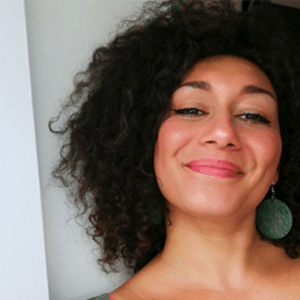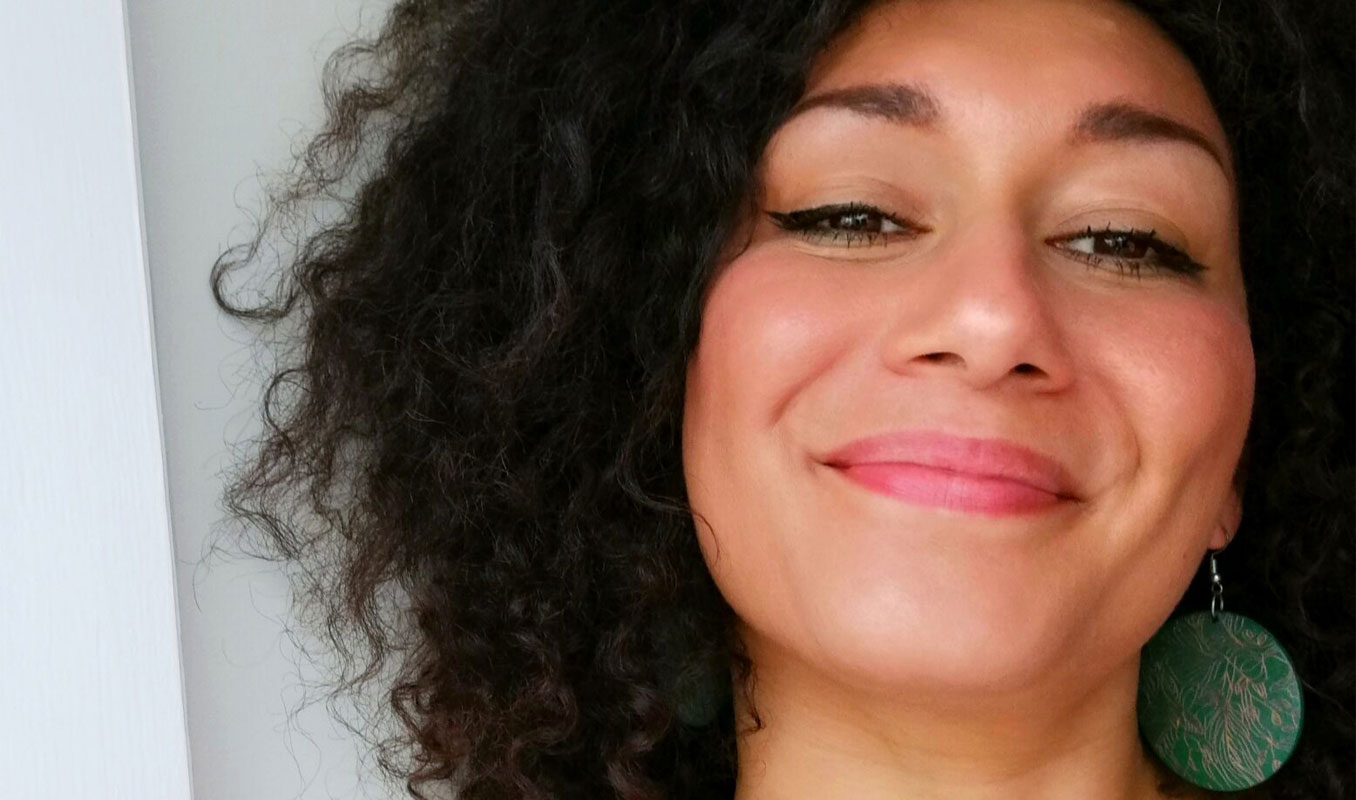Writer Eva Verde gives her top tips for crafting a satisfying ending.
This is part of our Early Career Writers’ Resources pack on Endings, with contributions from Michel, Geoff Dyer and Eva Verde. Our Resources packs are generously supported by Arts Council England. Discover more here →
For some lucky writers, the ending appears to them long before the story even makes it to paper. For others, (me) the end is more a black hole of avoidance, where I’ll spend half a lifetime polishing up my good parts, just to swerve tackling those final moments. Whatever your writing flow, endings are as crucial to nail as those first opening pages – and just as tricky. I’ve a loft full of stories, my earliest dramatic attempts all wrapped up with, “and then they were tired and went to bed. The end.” Perhaps I’d lost interest, unwilling to commit to the efforts of dreaming up a strong finale. Laziness is a thing, even when you’re doing something you love, like writing. Tie your endings up too neatly and the reader will feel done a disservice. Leave them too ambiguous and, well…same. My advice is this: even when I don’t have a concrete vision of how my story finishes, I always keep focused on what I want my ending to achieve.
And, above all things: the ending must be satisfying.
As writers, we’ve the glorious privilege of shapeshifting worlds with our words; everything is ours to edit and rearrange. Often, it’s in the working backwards, that we’re better equipped to tie up and intensify our story threads, so having even the loosest sense of an ending helps. Just remember, everything is changeable. Try out some different endings on objective yet trustworthy friends (they’re hard to find, so love and treasure them). Often, a different take can open new creative directions, so let your ideas grow. Sometimes the most brilliant breakthroughs happen when you’re showering, lunching, queuing in Tesco. Thinking time is also writing time.
By the end of Lives Like Mine, my main character’s life is still unpredictable and mostly messy. It likely always will be. With lessons learnt, I get out quick, with a hopeful nod to a happy ending -leaving something for the reader, who I hope gets to continue the story in their imaginations. What a gift that your story gets to continue in somebody else’s head. Question how your story might develop if you were an observer, rather than the creator. What could be foreshadowed that your reader can draw conclusions from, without delivering a heavy-handed finality to your ending? A satisfying resolution is important but note also: coincidence. In writing, even the most innocent of coincidences can feel the most contrived, particularly when they’re plucked from nowhere at the very end. Consider the build-up to this finish, all the tension and feelings you’ve already created along the way. Relinquish your controlling tendencies – allow your reader the pleasure of doing some of the work.
Imagine you’re out, enjoying a top-notch meal, making the most of those final gorgeous mouthfuls, when – oh, the outrageous cruelty of it! – the plate gets whipped away. The instant disappointment. Rage. Unfulfillment. The same feelings exist within poor endings, too, so let your reader leave the table feeling satisfied.
And how do we know when we’ve achieved this? You’ll know. You’ll likely also have an epiphany over all the edits and tweaking’s that’ll not only boost your ending but improve your precious story.
I’ll look forward to reading it. x
 Eva Verde is a writer from Forest Gate, East London. Identity and class are recurring themes throughout her work as she studies towards an MA in Prose Fiction. Her love song to libraries, ‘I Am Not Your Tituba’ forms part of Kit De Waal’s Common People: An Anthology of Working-Class Writers with Unbound, and her work has featured in Marie Claire, Grazia and Elle.
Eva Verde is a writer from Forest Gate, East London. Identity and class are recurring themes throughout her work as she studies towards an MA in Prose Fiction. Her love song to libraries, ‘I Am Not Your Tituba’ forms part of Kit De Waal’s Common People: An Anthology of Working-Class Writers with Unbound, and her work has featured in Marie Claire, Grazia and Elle.
Eva’s debut novel Lives Like Mine, is published by Simon and Schuster.
Eva lives in Essex with her husband, children and dog. Her happiest place is on her backside, with the television for company.




